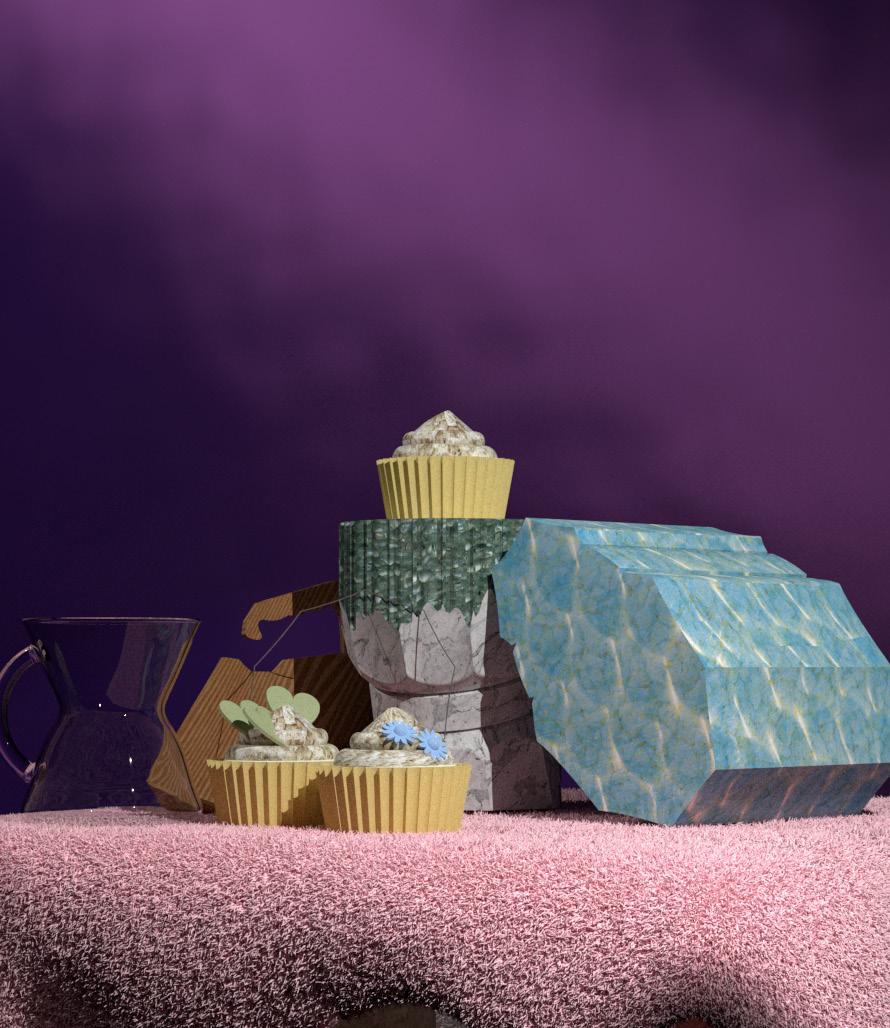ARCHITECTURE PORTFOLIO
 Rizwana Lubis California College of the Arts Bachelors of Architecture, Urban Works Concentration
Ink on Vellum for Urban Terrain Projection
Rizwana Lubis California College of the Arts Bachelors of Architecture, Urban Works Concentration
Ink on Vellum for Urban Terrain Projection

 Rizwana Lubis California College of the Arts Bachelors of Architecture, Urban Works Concentration
Ink on Vellum for Urban Terrain Projection
Rizwana Lubis California College of the Arts Bachelors of Architecture, Urban Works Concentration
Ink on Vellum for Urban Terrain Projection
Repurposing the Land of Context | 2022
Carnivals - derived from the ancient myths, instill the creative process of order and structure to the cosmos, and the fold of opposites, multiplicity, and hierarchy. Humans can only place themselves in the social distinction and stratification of the institution - a thought of order. But chaos precedes order. Chaos invented the creative process that progresses through the seasons and astronomical alignments in the journey of distinctive stages and modes of being. But the possibility of a new creation is to be dismantled and reduced to chaos – producing the celebration of eternal return. The moment seeks temporary transformation into another archetypal.
Order manifested on material control - of defense and armory. The Cold War cost research and development using institutional defense dollars to the Lowry Air Force Base Titan 1 Missile Site situated in Aurora, Colorado. The effort is devoted to the manufacturer, as the American Machine Foundry was the major defense contractor. Today, the efforts are dismissed with nothing related to the missile silo reflected upon the recently assigned abbreviation of the slogan “always means fun”. The perception of chaos is distanced from the cost of eternal return.


The move to the artificial world is the art of making disciplines hostile to civilization. The art is the gathering of a “collective neurosis” by introspection that is seen as singularly repressive, in respect to the connotation of the Machine in the Garden by Leo Marx. So, how do we make clarity of a relationship between the thermonuclear warhead and ourselves?
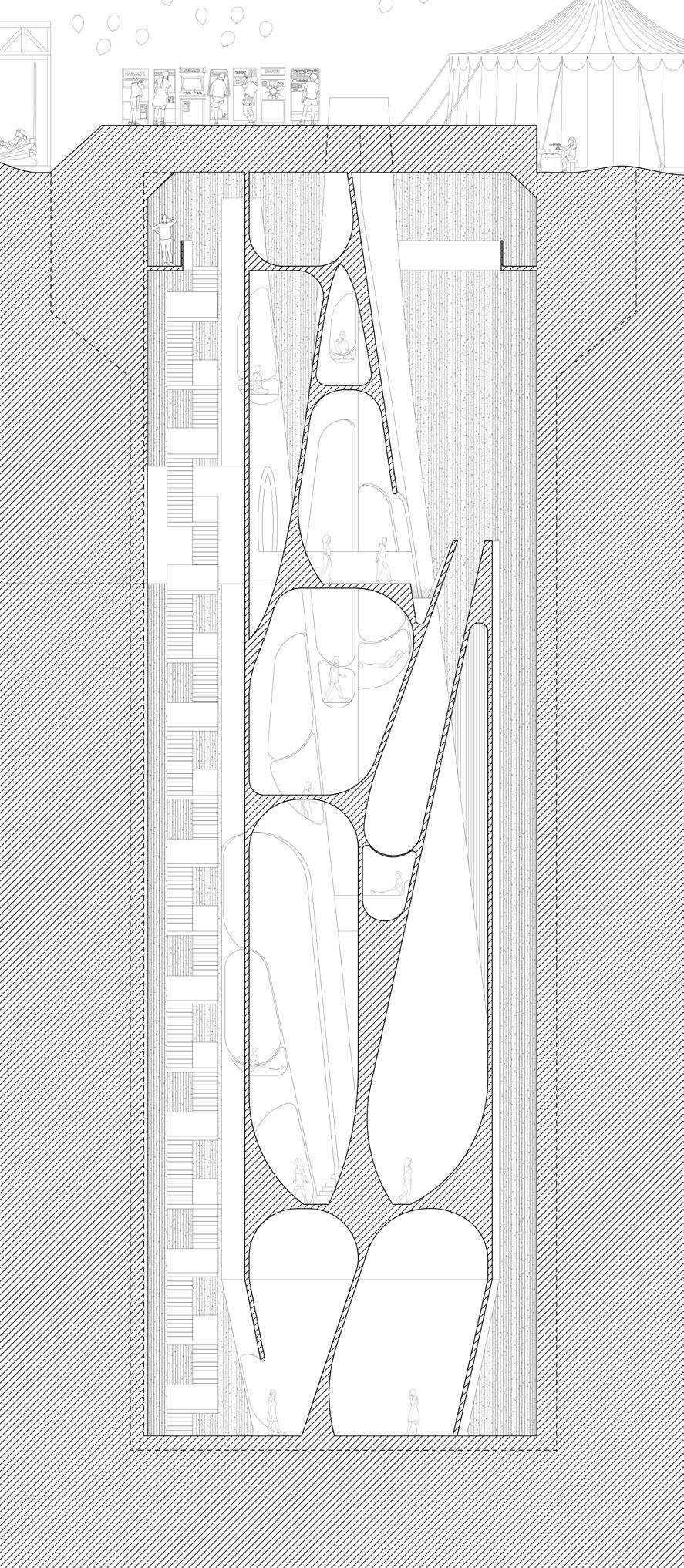

Pitter-patter - the sound of dripping water. The dark and hidden subterranean underground complex suggests little about who lives under. The sight of vast pavements and maintenance encroaches on Colorado vegetation. Junk was thrown in different places whilst cracks were cast on the concrete walls of what was once the isolated space of a warhead. Rusting pipes provide ways for chemically contaminated water, feeding its landscape where its green deteriorates over time. In the end, we were deceived in our curious minds through the history and time of a system of contention.
Pitter-patter. An empty tunnel at the cost of $1.5 million dollars. Housing the largest and most expensive underground launch complex that was commissioned. Rusted walls of stories never told. Of a cylindrical shape pressured by the earth above. Pipes and cables of the most advanced technology and economy, 62 years ago. What would it mean now?
Pitter-patter. Old photographs picture the imagination. "Airmen using the ‘dangerous’ personnel entrance”, “In the distance, one of the 2 mysterious towers at 724-C”, “the instrument array tubes deployed and gathering vital information in all their glory”. Close your eyes and fantasize about these sayings of a forsaken place. What time didn’t tell us that it was home to a system safe to narrate the next best innovation, changing the lives of people that were brought into the war, and affected by the war
Pitter-patter. Lives captured as memory are verbal and experiential, through a celebratory gathering where people were asked to mourn while eating food provided by the widow - a funeral. But in the moment of silence, and for the only one who speaks of the memory, its picture is vivid. What could a memory be when it is lived?
Pitter-patter. The sound of memory. For when harmony and joy were once removed, now lived a new beginning to the literary. When memory is destined to be lived, it diffuses nostalgia. When it is given a place, it gives a chance for a memory to be lived forever. Pitter-patter, pitter-patter, pitter-patter…
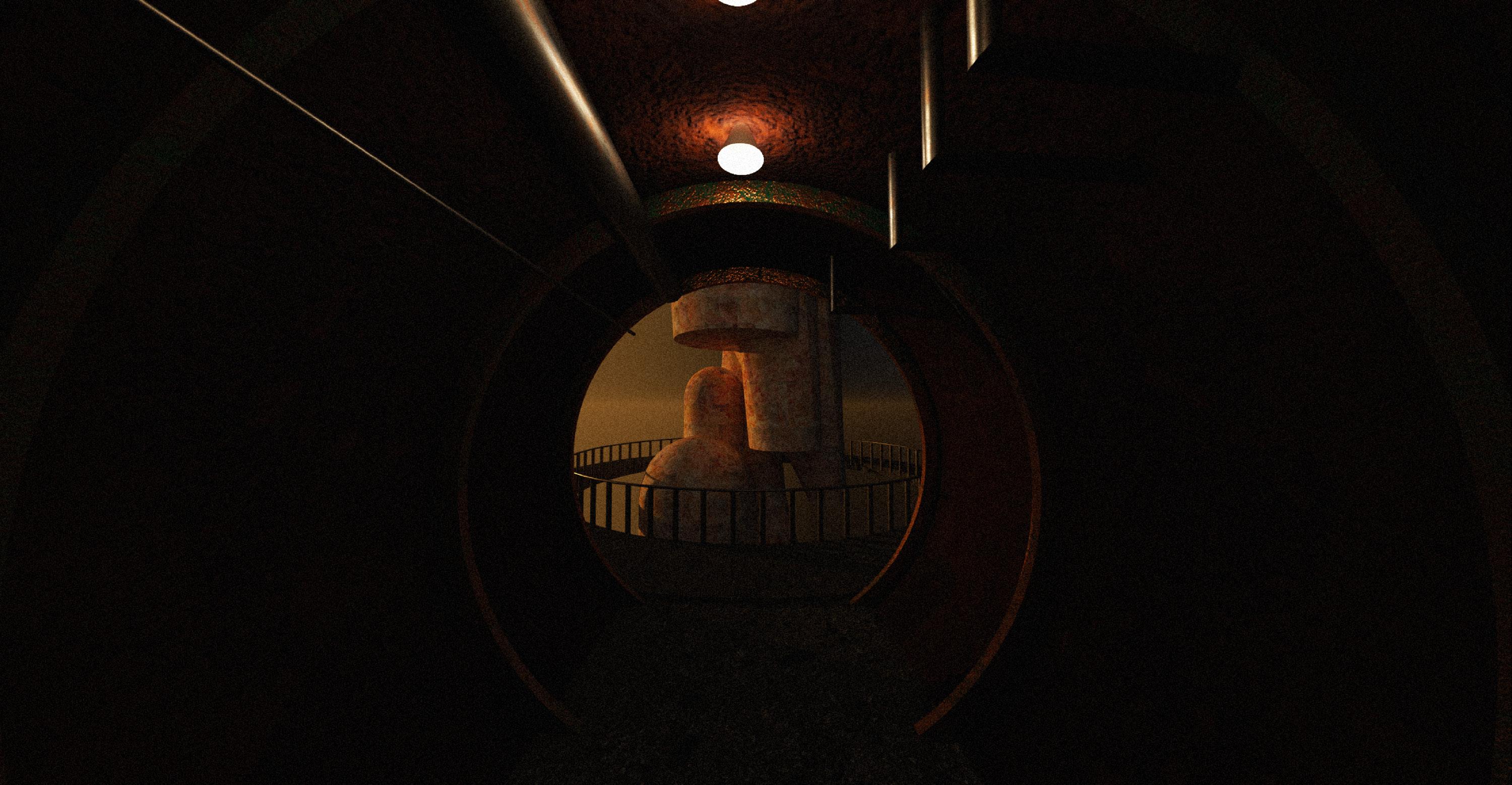

The Question to Land | 2021
Author: Rizwana Lubis & Adam BissellDue to the long history and the damage caused by Redlining, it has influenced new policies benefiting economic expansion in the area, such as Single-Family Zoning. The policy has a reputation for devising land specifically for nuclear families who are financially and socially secure, where BIPOC communities are vulnerable in the preference. With the policy limiting how the land could be used, the design encourages transition towards a higher dense typology layered with a courtyard interaction intended to protect Indigenous rights through the Usufruct law, appointing the land for an Indigenous community land trust organization the priority.








Module A Module B

By encouraging an economy that restores native plants and resources while respecting Indigenous beliefs and practices, Rescape can establish an alternative to market-based economic exchanges that have destroyed Indigenous economies. The dwelling is designed to dialogue a self-sufficient local economy within the courtyard typology design and the two modes of mechanism randomized to increase the probability in variety. The varying economic mechanism increases more economic facets for Indigenous communities.



Homesteading in New York City | 2021
Inspired by the homesteading movement, it addresses the importance of cultivating food, renewable energy, and the opportunity for financial independence.
The dwelling focuses on sustainably overlooking the food supply chain to be part of a long-term commitment to the community while also understanding the self-sufficient principles in an expensive city like New York City.

Level 4 Level 3 Level 2 Level 1






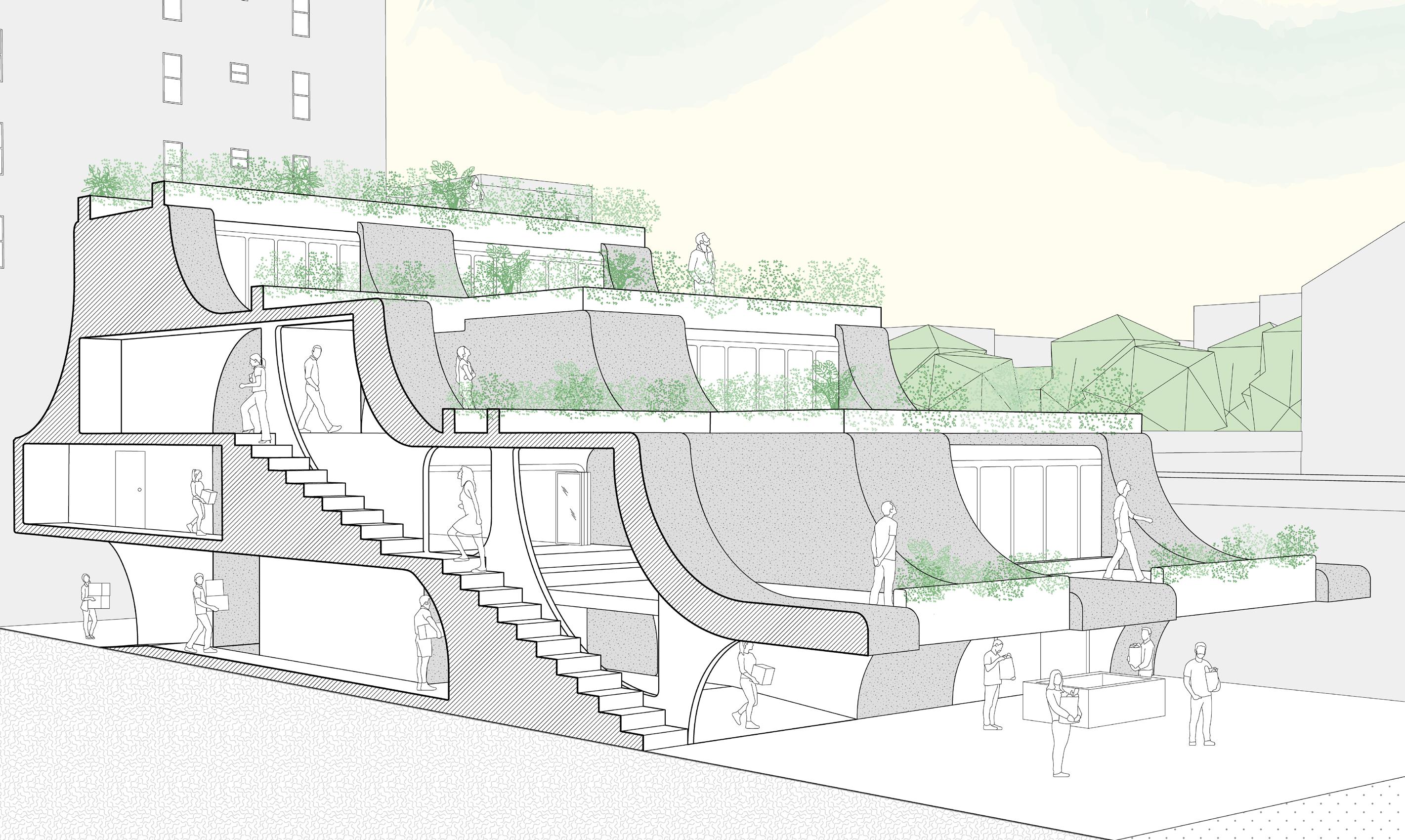
The dwelling prioritized the location’s remote and domesticating elements to synthesize the architectural form about the spatial relationship from figure grounds of two overlapping squares.
 Landscaping the New Material | 2020
Landscaping the New Material | 2020
A table is presented as part of the constraint to challenge the spatial relationship and change the term of its use. The table becomes a multipurpose object where the program fluctuates of use.


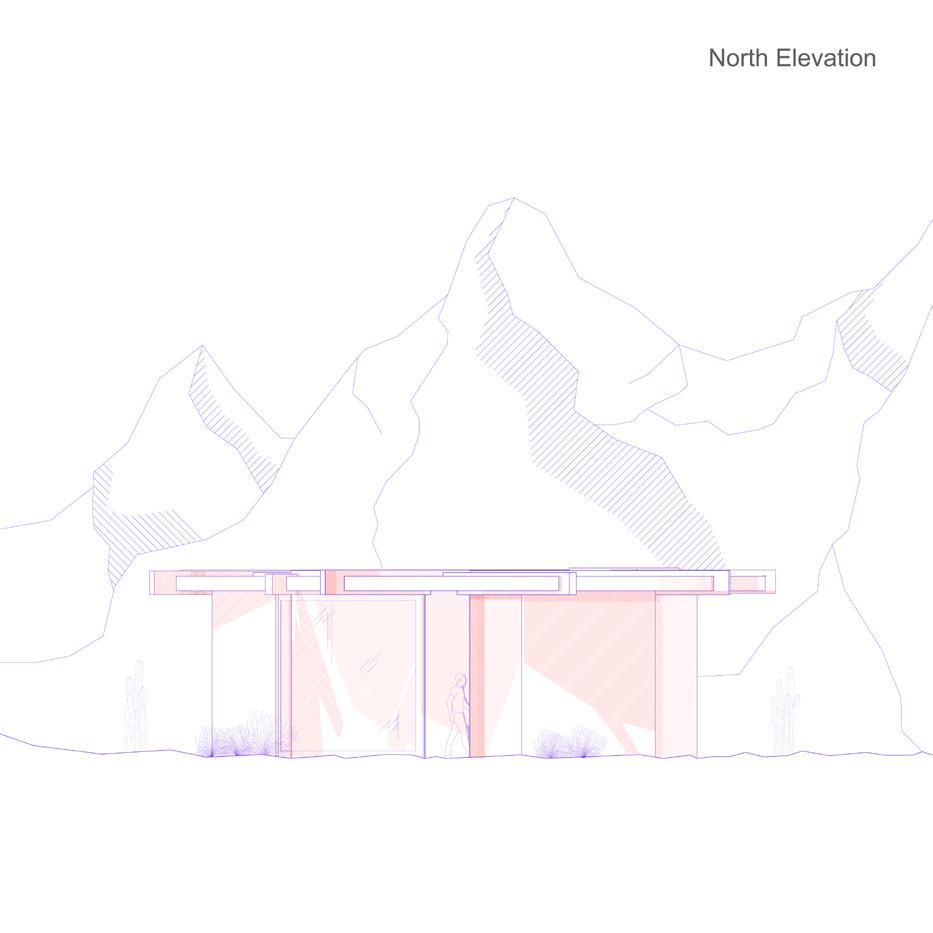

The panoramic opportunities allow the exploration of light capture and the landscape exposures specified in a particular viewport. The interior architecture reflects the movement of the figure-ground, where it begins to dissect apart the overlapping element and conforms to design decisions created from the transitions.

The exterior of the “Desert House” envelopes the transition of the light exposure throughout the day, which then reflects in the interior experience.

The “Beach House” explores public and private spaces that challenged the assigned program in additive and subtractive spaces.
Through the iteration extruding figure grounds, it informed the exterior form of the house. It facilitates a spatial relationship between the beach and the road that links both access points.
Spaces were carved from the vantage points of the first assigned program to the window positions. The circulation gradually connects all the program spaces.
The Beach House surrounds unifying functionality from both public and private spaces using a uniformed figure-ground of a circle.

Dome structures are built to make the difference between the carved areas more evident when entering the building.
The domes provide another interior quality that hone the program contained within the created boundary.

The “Farmhouse” is a study of using experimental materials to relocate the concept of domesticity. A farmhouse is a situation for a way of life located in a rural or agricultural setting.
The form itself was a subtraction of a created form from extruded figure grounds and the conventional farmhouse. The byproduct left pieces of a traditional “Farmhouse” while adding a new identity to make the new way of life.
 Re-Domesticating Materials | 2020
Re-Domesticating Materials | 2020
The materials began to challenge the “comfort” and “function” associated with the lifestyle fit. Digitally manipulated local natural materials were used to overlay the original physical material.



2020
The analysis of zoning areas, parcel boundaries, zoning heights, and regulated dimensions of the lot in Jackson Heights.

2020
An experimental project to challenge social participation and active aesthetics of objects used in everyday life. The things were evolved to create an unusual representation, then utilized in a still-life frame while inventing a new subjective experience.
